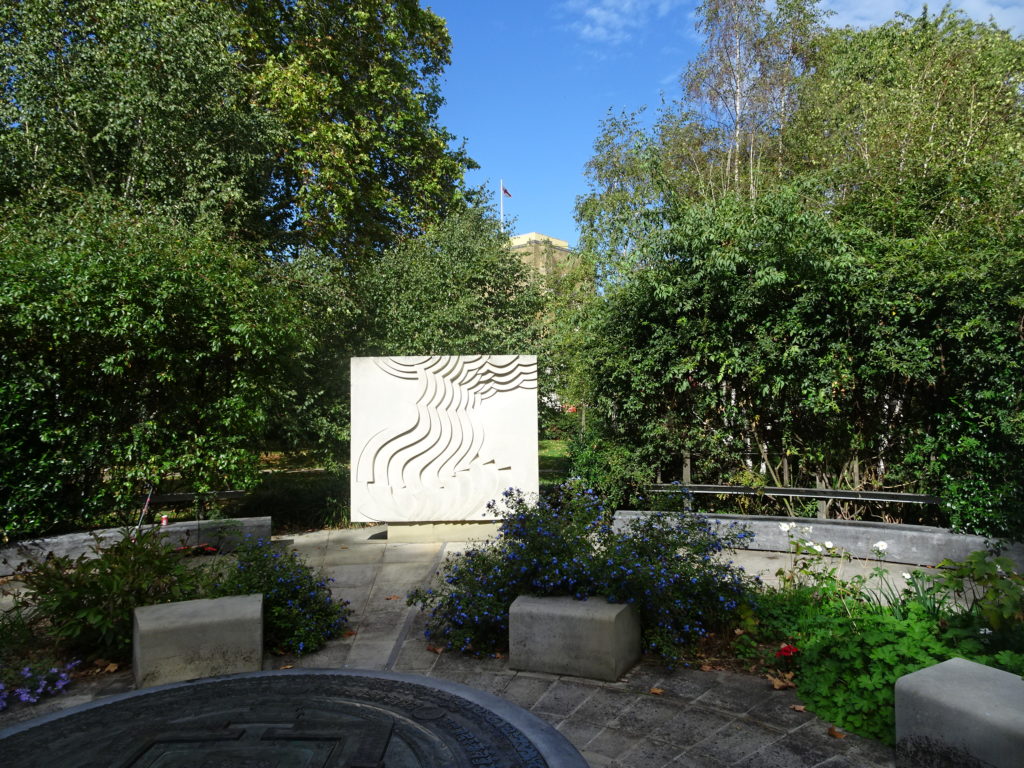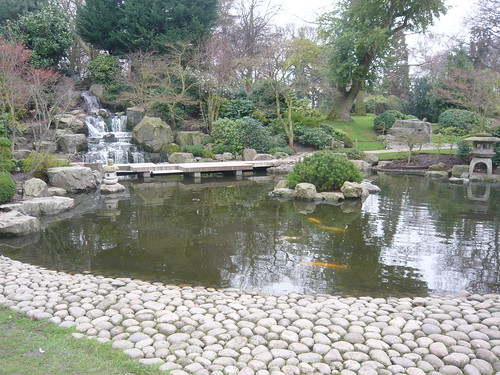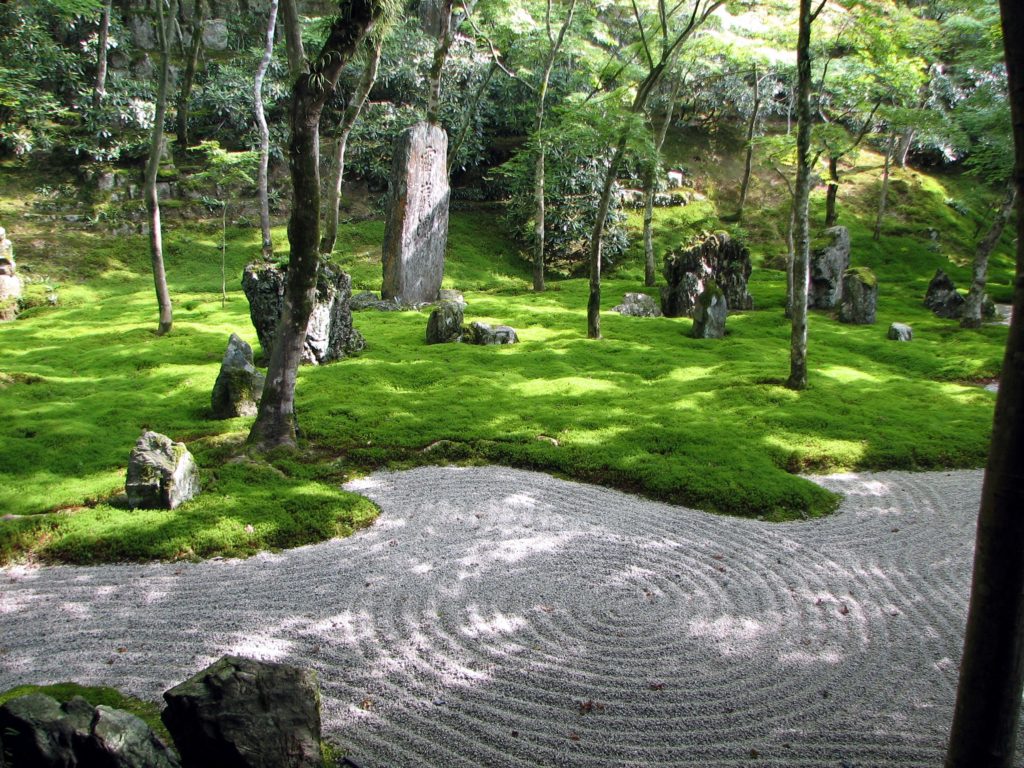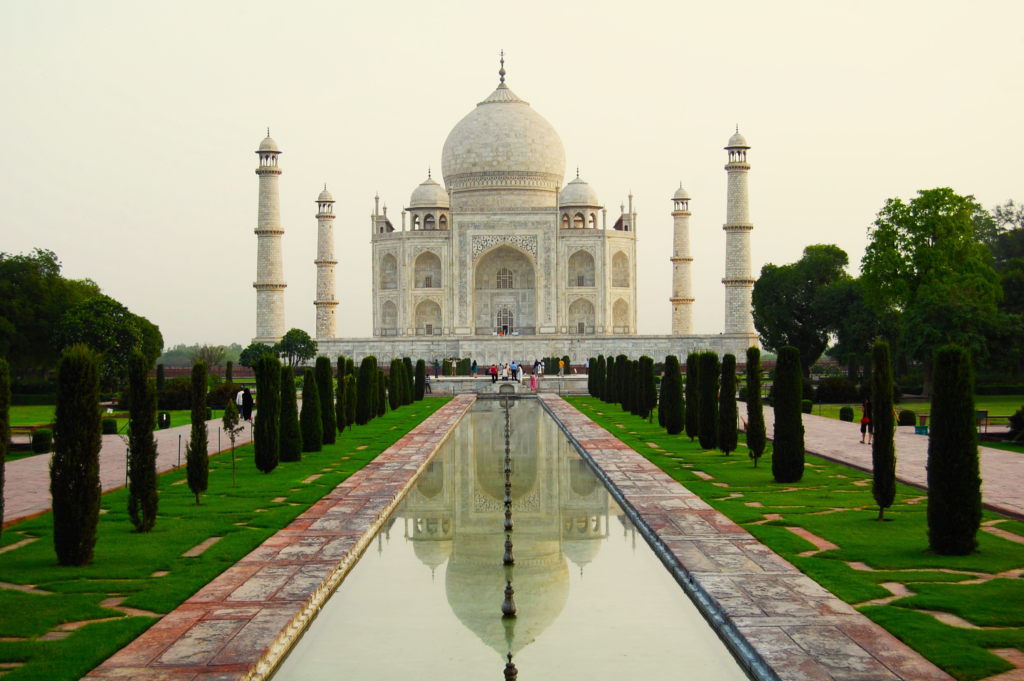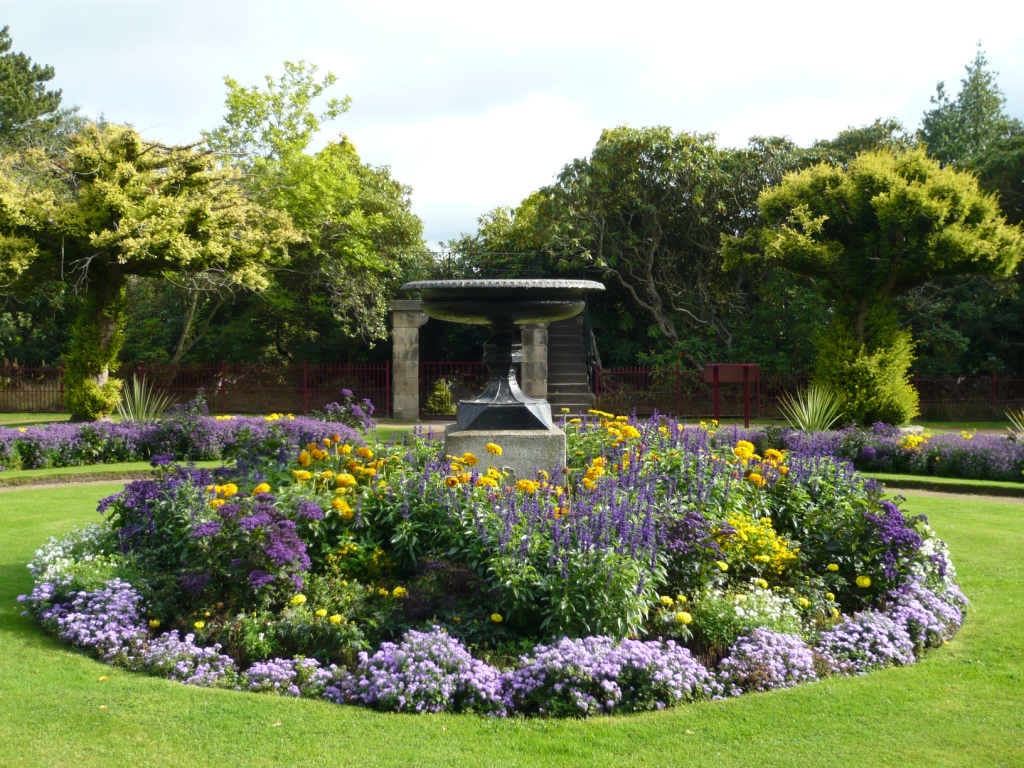Where to See Trees
Trees can be individually inspiring but when trees are gathered or clumped together they can range from the majestic to the commercially relevant. Over centuries trees have provided the largest social impacts from shelter, sustenance and products from timber. Through changing seasons the aesthetic benefits of the wide variety of trees also give a significant amount of personal pleasure.
Despite problems of disease in some species and Sheffield council contracting to chop down trees close to highways, trees are ubiquitously visible throughout the UK.
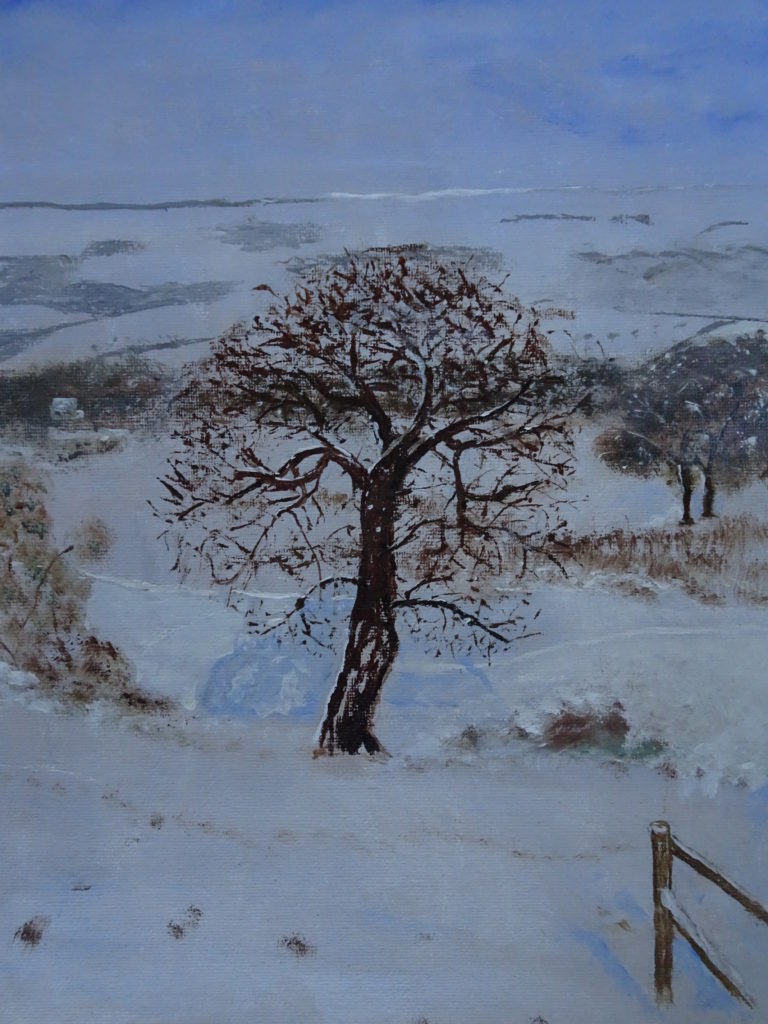
 Tree Zones and Areas Where You See Trees
- Woods in all shapes and sizes
- Forest – now applied to conifers but historically area where forest laws applied
- Copse – broad leaved woodland
- Spinney
- Stand
- Park – traditionally containing more widely spread trees
- Arboretum
- Clough or Ghyll
- Gill or Dingle – wooded valley
- Ancient Woodland
- Carr – usually alder & willow on wetland
- Chase or firth – a hunting area
- Enclosure – once land held in common
- Glade
- Plantation
- Hanger  -wood on a steep slope or bank
- Ride
- Shaw-Â small wood
- Spring – coppiced woodland
- Wildwood- original forest from the last ice age
- Landscapes
- Orchard
- Woodlot
- Jungle
- Thicket
- Memorials - graveyards crematoria and special areas
- Swamp
- Grove
- Nurseries and specialist tree vendors
- Woodland Trust
- National Trust Properties
- Botanic gardens
- Wild in nature
If you wish to take issue with my selection or know where I have ignored a favourite ‘tree zone’ then send us a comment.

